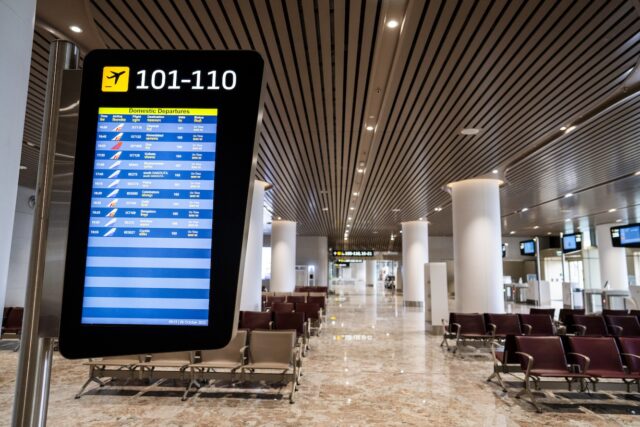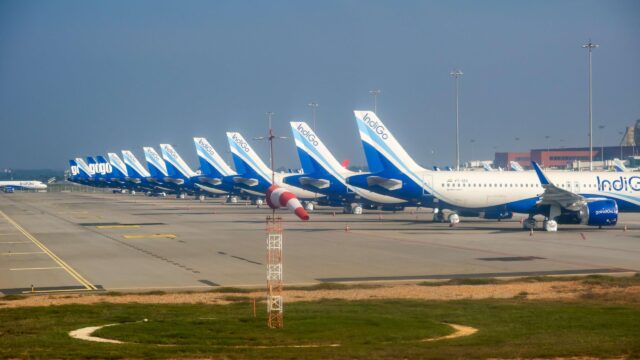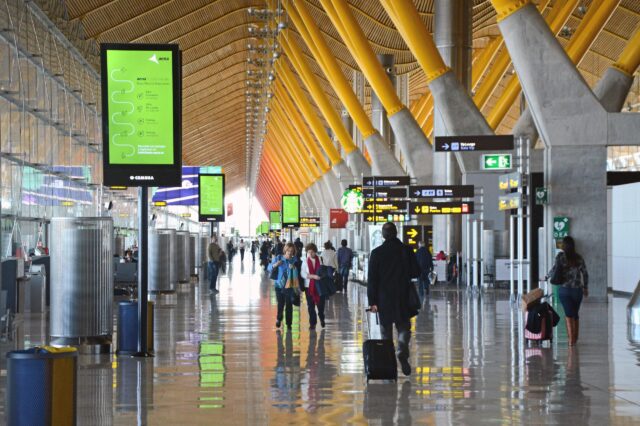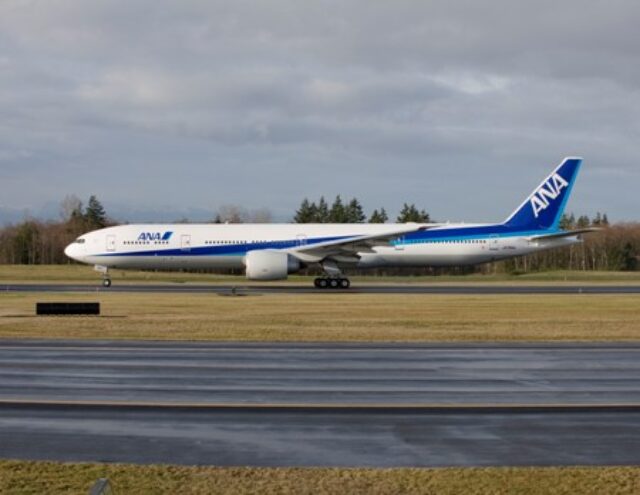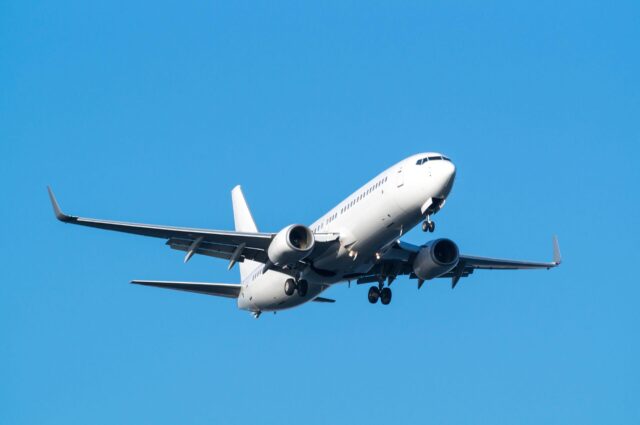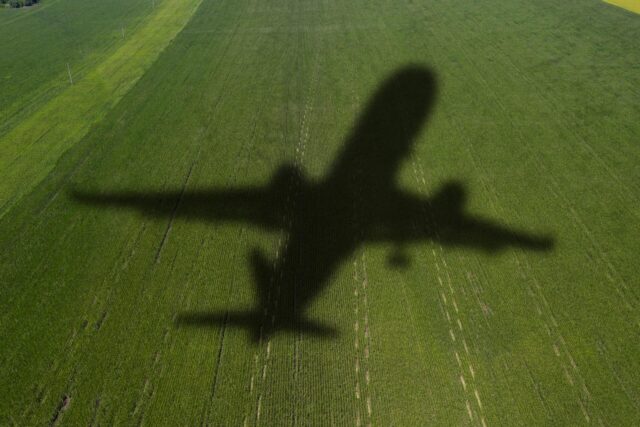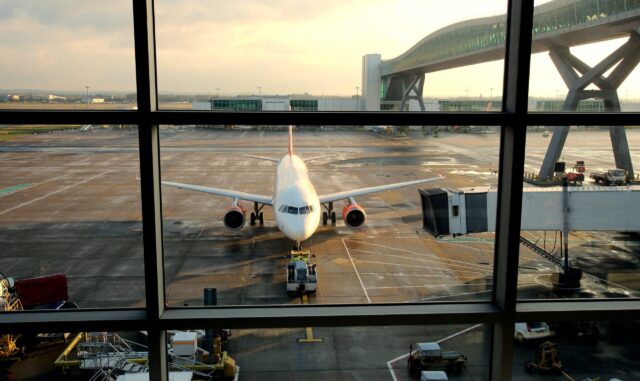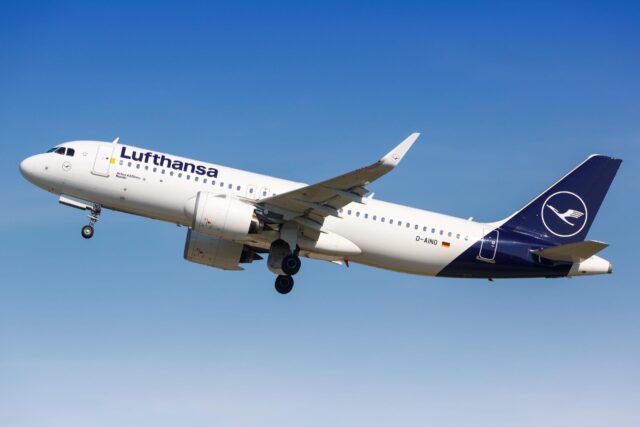Preventing another Jeju Air tragedy: Chinese ‘marshmallow concrete’ could make airport runways safer

July 9, 2025

A new ‘marshmallow concrete’ using calcium sulfoaluminate cement developed in China could make runway barriers more crash-proof.
The ultra-lightweight foam material is similar to ordinary concrete but 80% more porous and only one-tenth the standard weight.
The new material was developed by the China Building Materials Academy (CBMA) Co., Ltd., in collaboration with the China Academy of Civil Aviation Science and Technology and a tech firm affiliated with the academy in Beijing.
“The process is essentially ‘blowing bubbles’ into the concrete mixture,” said Fang Jun, a CBMA research and development engineer. “It looks solid, but crumbles upon impact, decelerating planes smoothly.”
Lower strength concrete could enhance runway safety
The researchers used a ‘maleated rosin-based twin-chain air-entraining agent‘; essentially, an eco-friendly additive that traps tiny air bubbles to absorb impact and improve durability, especially in freeze-thaw runway conditions.
It allows molecules to align on bubble membranes, preventing it from collapsing densely. The bubbly concrete could create a soft barrier at the end of a runway to absorb kinetic energy on impact and crumble quickly without posing a threat to aircraft passengers.

For example, to dampen the impact of a Boeing 747, Jang explained that the foam concrete used must have a precise strength range of 0.30 to 0.35 megapascals. That is equal to one million pascals (1 MPa = 1,000,000 Pa). Pascal is the SI unit for pressure, defined as one newton per square meter (1 N/m²).
“For ordinary foam concrete, higher strength is typically better. However, our material operates under the requirement of lower strength, with a very narrow fluctuation range,” said Fang.
Jeju Air crash highlights danger of airport barriers
Barriers at airport runway end safety areas (RESAs) must be positioned at least 90 meters beyond the end of the runway, per standards established by the International Civil Aviation Organisation (ICAO).
They should be frangible—easily demolished on impact—to ensure that any aircraft which collide with the structures would remain intact.
However, the December 29, 2024, crash of Jeju Air Flight 7C 2216, which killed 179 of the 181 occupants onboard, raised questions about the construction of barriers at some airports.

After completing a gear-up landing on Runway 19 of Muan International Airport in South Korea, the Jeju Air Boeing 737-800 slid past the end of the runway and collided with the ILS localiser antenna array, located on a raised concrete platform covered with soil.
On impact with the rigid barrier, the aircraft burst into flames. The tail separated near the beginning of the vertical stabiliser and remained relatively intact. Two flight attendants who sat in the tail section survived the crash.
In the aftermath of the accident, the South Korean Government ordered the removal of the structure which elevated the ILS antenna to counteract a natural depression on the ground that might interfere with antenna transmission.

An examination of landing system localisers at 13 South Korean airports, conducted by the Ministry of Land, Infrastructure and Transport (MOLIT), revealed that nine structures at seven airports, including Muan International Airport, require improvement.
The incident also raised questions about the suitability of similar barriers at airports worldwide.
Marshmallow concrete could build better frangible barriers
The Chinese development could prove helpful in building frangible airport barriers, which will perform as intended and are not susceptible to weather or environmental deterioration.
The team has conducted tests over the past year at 14 airports in China to prove the new material’s ability to withstand climate and operating conditions. According to the team, long-term monitoring at an airport in Nyingchi, in the southwestern region of Xizang (Tibet), showed outstanding results.
The development earned a second prize for innovation from the China Building Materials Federation.
